Quality customer service is a crucial aspect to look after for customer retention & revenue growth.
Businesses that render splendid customer service drive 4% to 8% more revenue than their competitors.70% of consumers choose a business that delivers excellent customer service.
To offer a remarkable & thriving customer service experience & to stay relevant in the competition, your support team needs to have a good grasp of different customer service terms.
62% of customers believe that knowledge & service is vital to ensure a good customer experience.
Furthermore, understanding customer service lingo facilitates smooth & easy communication with your prospects.
To excel in the art of customer service parlance & to be a pitch-perfect customer support representative, scroll through our list of 70 customer service terms. Read on the common customer care vocabulary & definitions to establish the anatomy of an excellent support service.
- Top Customer Service Terms Every Support Agent Should Know
- Social Media Customer Support Terms
- Negative Word Phrases To Avoid In Customer Service
- Impactful Phrases For Quality Customer Service
- Advance Customer Service Skills With Statusbrew
Top Customer Service Terms Every Support Agent Should Know
Check out the list of popular customer support terms:
1. Artificial Intelligence (AI)
Artificial Intelligence is a branch of computer science developed to simulate human intelligence. It is used in machines to perform tasks that require human intelligence. AI is an algorithm that follows specific rules and has the ability to learn from repetitive tasks through the data entered during those tasks.
2. Agent
The term agent refers to the support team member who is assigned with service tickets. An agent is also responsible for troubleshooting customer problems through communication channels viz email, chat, phone, and social media.
3. Agent Experience
Agent Experience refers to the engagement between the agent and the company they are working for. It establishes how satisfied an agent is with their employment. Agent experience has an undeviating impact on how they interact with the customers and the company's bottom line.
4. Agent Empowerment
It refers to empowering your company's support and sales agents with the necessary training, technology, and tools. This boosts the morale of your support team, further leading to a better agent and customer experience.
5. Agent Life Cycle
Agent life cycle refers to the total time of association of an agent with its employing company right from recruitment till the agent or the company terminates its association.
6. Backlog
Backlog is the number of unsolved tickets accumulated over a period due to lack of structure, training, and inability to solve. Backlogs lead to more extended waiting periods for customers to get their tickets resolved, ultimately leading to poor customer experience.
7. Benchmarking
Benchmarking refers to comparing an agent's or support team's performance against their previous performance or competitor's performance. Benchmarking helps evaluate a company's relative position against the competitors & it helps to develop a strategy to improve performance.
8. Big Data
Big Data refers to all the data generated through customer interaction and data processing to find patterns, trends, and behavior related to human interactions.
9. Business Hours
Business hours include the days and times on which the company addresses its customer's requests and issues. The company's business hours depend on regional demand, customer types, support channels, and feedback.
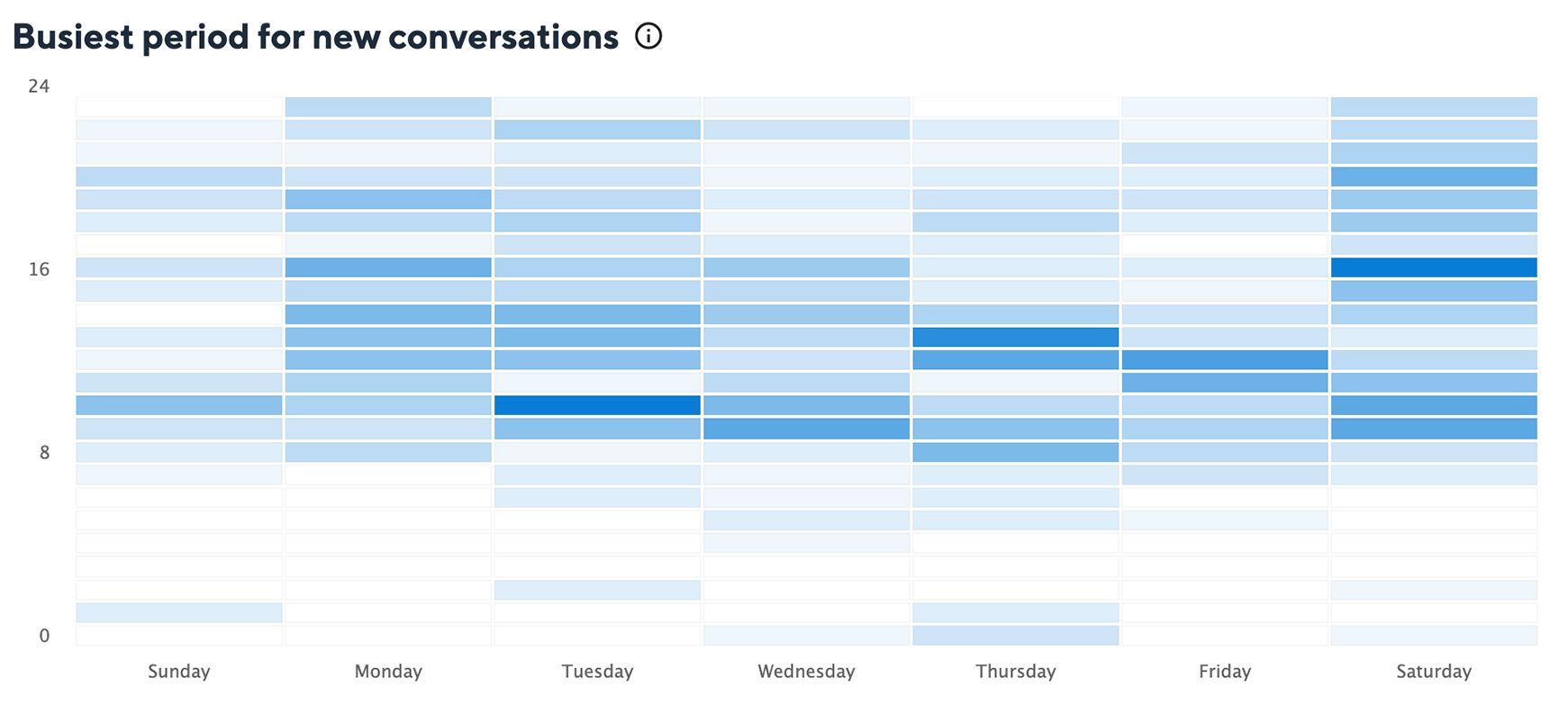
10. Business Rules
It refers to the macros, automation, and triggers that help to automate workflows, such as routing the tickets to the concerned departments and support agents.
11. Business Process Outsourcing
Also known as BPO is the process of assigning responsibility for a particular operation to a third-party organization. Growing companies tend to use this strategy to keep up with the company standard and meet user demand for support. BPO can be of four types – onshore, which means within the same country; nearshore means within the same hemisphere, offshore meaning any location in any country with lower cost, and home-based operations.
12. Bug
The term bug refers to the problems or faults in the product. It is the responsibility of the engineering team to fix this issue with the code to get rid of the bugs.
13. Canned Response
Canned responses, also termed as macros, are the pre-recorded standard responses to common and frequently asked questions. These responses are available to all the members of the support team to save time on both sides. However, one should be careful while using canned responses. If not used efficiently, it can lead to a poor customer experience.
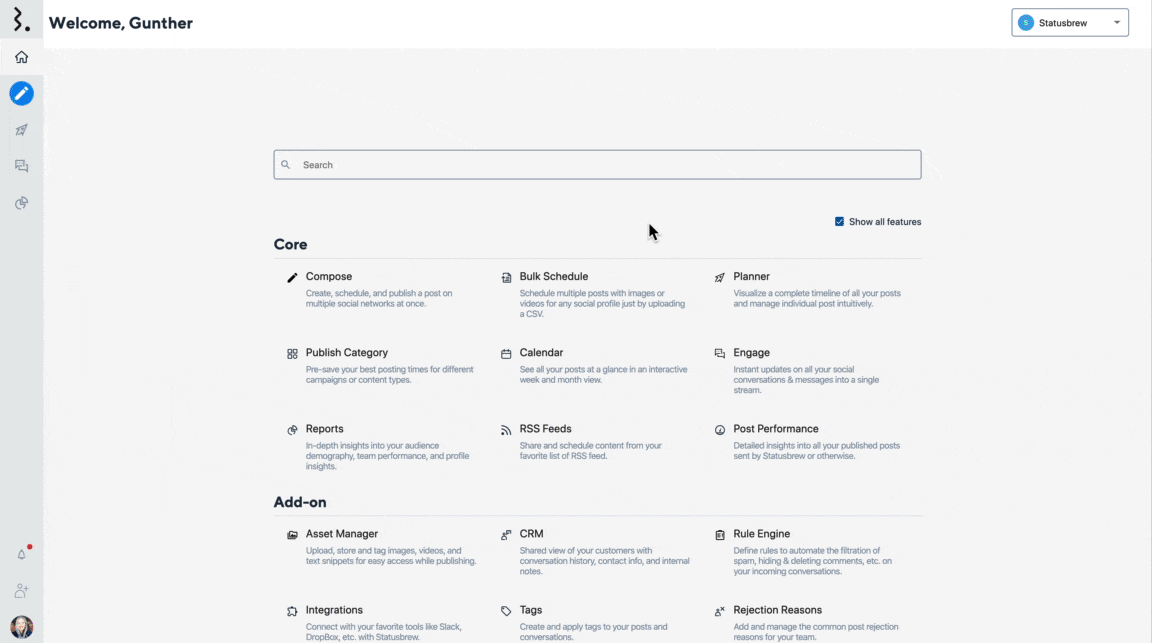
14. Change Management
It is the process of implementing and supervising organizational, procedure, or technological changes within the company. An efficient change management process includes tools and techniques that disrupt productivity as little as possible.
15. Customer Relationship Management (CRM)
CRM is one of the most popular terms used nowadays in the industry. CRM refers to a structure built by companies to establish a long-term relationship with their customers. To implement this framework efficiently, companies usually take the help of CRM software. Statusbrew's built-in CRM helps segment inbound leads & logs all the contact information in an obtainable directory. Users can view the list of people, contact information, tags who have interacted with their social media profiles.
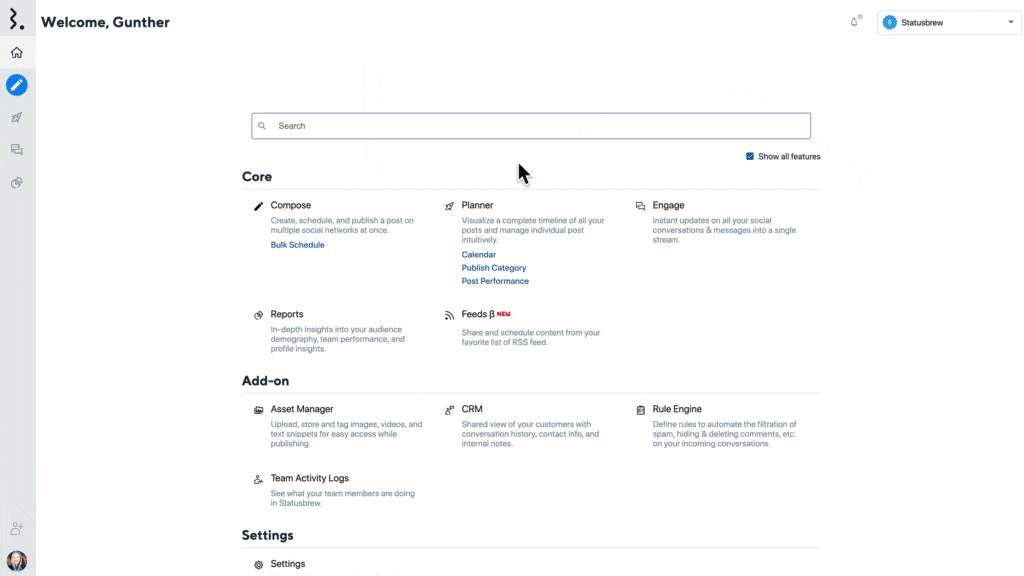
16. Cross-Selling
Cross-selling is a method used by sales agents to increase the sales of the company. In this method, the agent tries to sell products to its existing customers related to the products they have bought earlier.
17. Customer Centricity
It refers to the process of putting the customer at the center of your operation. In this process, the focus is always on the customer. This process is followed to go beyond a simple customer focus to create customer value, regardless of time.
18. Customer Segments
Customer segment refers to dividing prospects into groups based on their needs, behavior or characteristics. Usually, the segments are created based on customer location, age, industry, revenue, product usage, and other meaningful criteria. Customer segments allow companies to plan their strategies to gain maximum profit.
19. Customer Lifetime Value
Customer Lifetime Value, widely used by its abbreviation CLTV is the total amount of revenue that a company can generate from a customer in the future. The following formula is used to calculate the CLTV: Number of recurring sales x Order Value on average x Estimated retention time.
20. Customer Charter
A customer charter or customer service charter is a set of standards a company maintains while attending to the customers. While creating a customer charter, it is essential to determine the main objectives you want to achieve by outlining customer service principles.
21. Downtime
Downtime refers to the period in which the users or the customers cannot use the product due to a continuing issue with the product or maintenance.
22. Empathy
Empathy refers to a psychological ability that enables a person to feel and understand someone else's emotion. It is a vital skill that every customer support agent should possess to understand their problems thoroughly and patiently.
23. Escalation Management
Escalation management involves forwarding the difficult tickets to the next person who will provide support on that ticket. Usually, the escalated tickets are submitted to the administration to resolve the ticket and de-escalate the situation.
24. First Contact Resolution Rate (FCR)
The first contact resolution rate is a metric used to measure the performance of support agents. It refers to the number of issues resolved by the support agent the first time the problem appears. A more significant number represents high customer satisfaction.
25. First Reply Time
First reply time or First response time (FRT) denotes the calculation of the time frame elapsed between a customer's ticket creation and the help desk agent's initial response. Low first reply time leads to high customer satisfaction & FRT is critical to establish a good rapport with the customer.
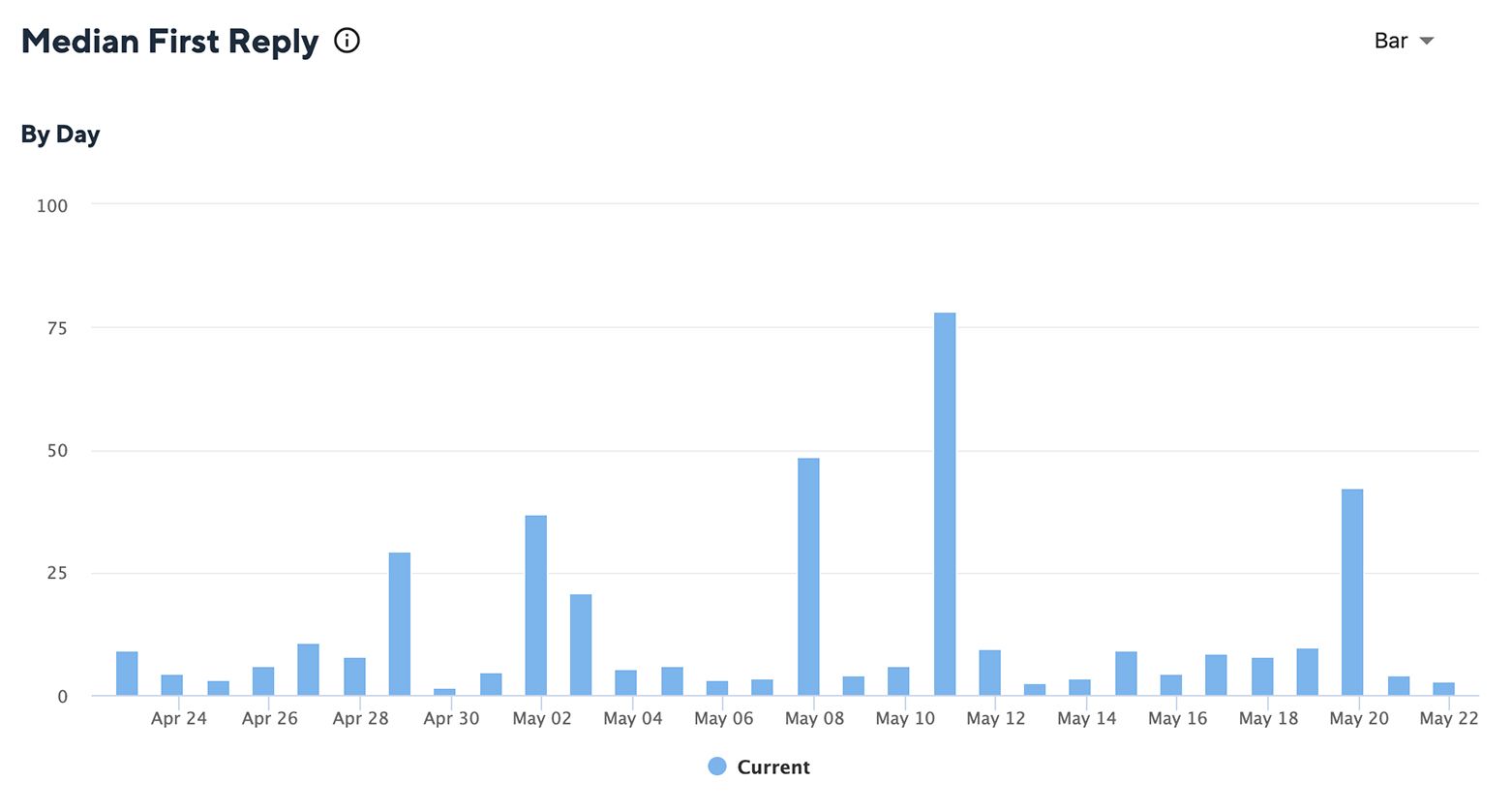
26. Gamification
Gamification denotes the online marketing technique that is used to encourage consumers engagement with a product or service. Corporations also use gamification to encourage the support team & create a reward system making their work more fun and competitive.
27. Interactive Voice Response (IVR)
Interactive Voice Response (IVR) is an automated technology that enables consumers to choose the assistance they require through a pre-recorded voice response system via touch-tone keypad selection or speech recognition; they are connected to the department the query is associated. A well-designed IVR Software system enhances customer satisfaction & is significantly beneficial during high call volume periods.
28. Knowledge Base
A knowledge base denotes a systematic online repository of information. It serves the customers & agents as a base of resources for the answers to common questions and issues. A knowledge base consists of product information, articles, news, and answers to FAQs. A well-maintained knowledge base is time & cost-efficient as it obliterates the requirements of repeatedly responding to the same question, and it also deepens community participation.
29. Knowledge-centered Service
Knowledge-centered service refers to the mechanism of empowering the help desk agents to apprehend new information & inflating the corporation's cumulative knowledge. KCS helps enrich customer service by assisting the agent in developing practical knowledge & assimilating with content guidelines and quality measures.
30. KPI
Key Performance Indicators or KPIs are the critical indicators or metrics that determine the company's progress towards a goal. Based on KPIs, companies draw out their strategies, make decisions and focus on what matters most to achieve a particular purpose. Some vital customer service KPIs are customer cycle value, resolution rate, first contact resolution rate, etc.
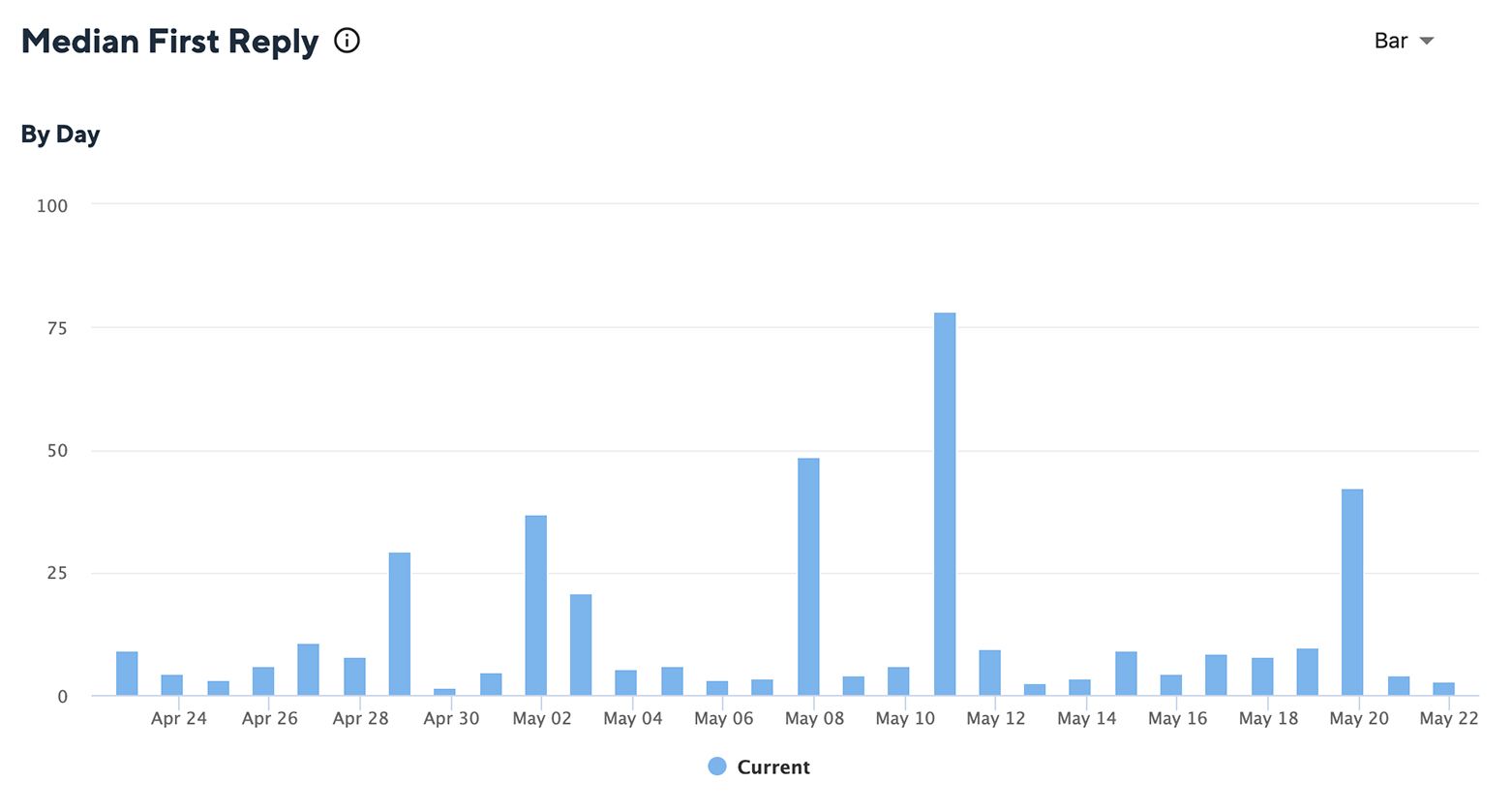
31. Live Chat
Live chats are the online communication that happens in real-time used by the help desk agent for quick personal troubleshooting. It's an easy, convenient & popular way of customer service. Data says 63% of millennials rely on online customer service assistance such as live chat to solve their queries.
32. Omni-Channel
Omni-Channel customer service term denotes the process of providing customer assistance through multiple ways to contact the organizations. The customers can choose the channel of their preference such as phone, email, online information, text support, social media like Facebook and Twitter, chat & SMS messaging. Omni-Channel helps the customers to choose the channel for their convenience & it impacts on positive customer experience.
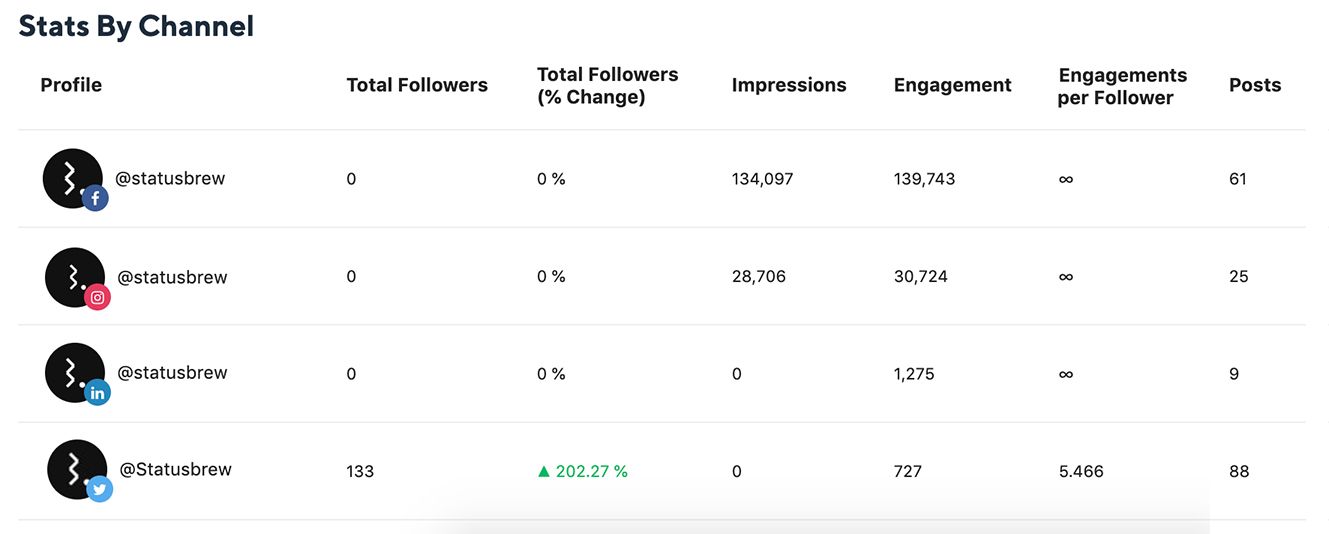
33. Onboarding
Onboarding refers to the process of making familiar or educating the customer to start using a software product. Onboarding helps a company to build a relationship with the customer and create an interaction.
34. Personalization
Personalization ensures to assist the prospects as per their specific needs & requirements making every customer feel heard and understood. It is one of the most important factors in customer experience. To achieve this, companies try to provide an individualized user experience to each customer. This directly impacts customer loyalty.
35. Quality Assurance
Quality assurance refers to systematic monitoring & evaluation of a predetermined customer support standard. It ensures that standards of customer support quality are being met and sets goals for agents to measure performance. Quality assurance methods comprise regular feedback, call, email & chat monitoring & contact scoring depending upon the support standard.
36. Resolution Rate
Resolution rate denotes the number of tickets resolved by the customer support team out of the total unresolved tickets received. A higher resolution rate indicates the efficiency and effectiveness of the customer support team and their ability to resolve customer's issues related to the product.
37. Retention
Retention refers to the process of building strategies and taking appropriate actions to make an existing customer continue purchasing services or products from your business. An effective customer retention strategy helps you to build customer loyalty & maximize revenue growth.
38. Self-service
Self-service is the process when a customer takes it upon themselves to access the information related to their queries, without bothering to contact a representative or raise a ticket. It helps the prospects to resolve the issue by themselves. Usually self-service comprises a knowledge base, FAQs, and online discussion forums. 40% consumer prefers self-service over individual interaction & 70% customer expects that company's website should have self-service application.
39. Self-service Ratio
The self-service ratio compares the number of help center visits and tickets submitted to customer care agents. It helps to track the customer's capability of finding required information by themselves & efficiency to resolve their problems by visiting the help center without raising a ticket. It gives companies a clear picture of their help centers' effectiveness, if there is any room for improvement, or if an improvised knowledge base is required, or whether business changes may impact customer behavior.
40. Service Level Agreement (SLA)
SLA or service level agreement is the target mutually set by customers and the company for support team's average ticket response and resolution time. SLA helps to maintain standard customer service & enables to track performance. Also, it assists the company in delivering predictable service matching the customer obligations.
41. Subject-matter Experts
Subject matter experts are specialist support team members who hold special knowledge about a particular product or service. These experts act as support systems for call representatives and agents, with calls being forwarded to them when the agent faces difficulties in resolving the case at hand. Further, subject matter experts are responsible for regulating the content available in the help centers.
42. Support Ticket
A support ticket is a record keeper of a support request. It acts as a communication bridge between the support team and the customer while at the same time recording the details of the request, as well as the actions taken concerning that, beginning from the request being made to the resolution of the query.
43. Text Analytics
Text analytics is also known as text mining. It is the process of extracting meaning from text. Text analytics helps you to find patterns and common topics. Taking note of them allows you to draw a proper plan and make appropriate decisions to achieve your organization's goal. Companies usually take the help of Text Analytics software to accomplish this.
44. Touchpoints
Touchpoint or customer touchpoints refer to the various stages where your company interacts with customers from the beginning to the end. Based on the customer journey phases, touchpoints are divided into three categories: before purchase, during purchase, and after purchase.
45. Ticket Routing
Ticket routing stands for the system that regulates the support team agent's workflow & streamlines the agent's customer request resolving process. Usually, assigning tasks depending on skill level, agents' idle time, which ticket requires immediate attention, or routing to the best help desk team fine suited to resolve the particular ticket. These ticket-routing strategies help support teams stay organized and deliver high-quality customer service.
46. Ticket Volume
Ticket volume tracks the ticket queue created over a specific period. And the discrepancy of this metric is Total Conversations, where it follows all the engagement with customers through an official support ticket or another social channel.
47. Tiered Support
Tiered support is a common customer service term, which commonly has 3 tier levels, refer to streamlining agents' involvement to the types of tickets assigned to them. It supports workflow & ensures ticket escalation.
48.Upselling
Upselling is the process or strategy to sell an expensive version of the product that a customer has already bought or is in the process of buying. To achieve or increase upselling, your company needs to have a better customer service experience. You have to train your support and the sales team to increase upselling.
49. User Error
User error refers to a mistake made by a customer while using a complicated system. Primarily this term is used when a user makes some error while using software or a computer system.
50. Widget
A widget is a web application embedded in a web page to give the customers easy access to help center and support agents through channels such as chat, support, and talk. It encourages customers to self-serve. It also makes it easier for customers to reach the support agents.
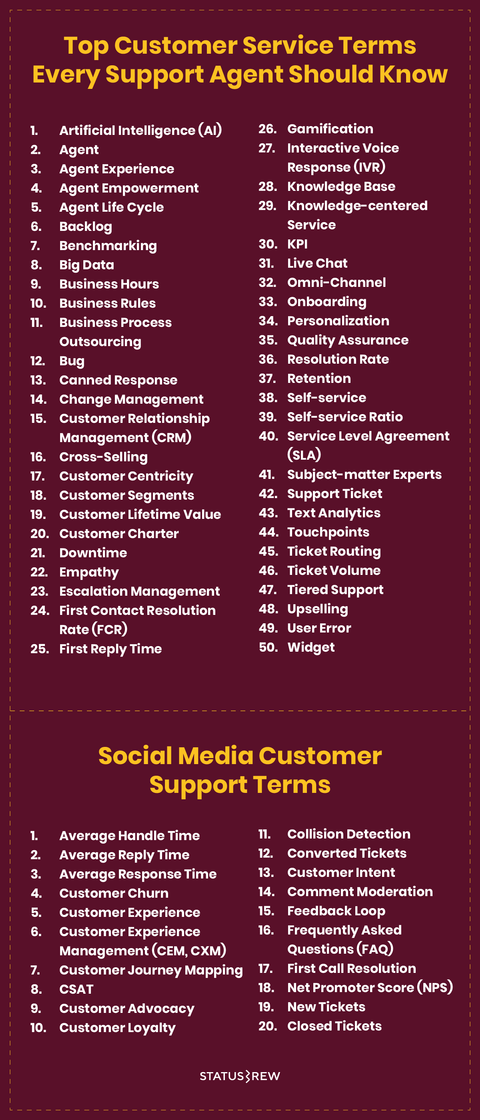
Social Media Customer Support Terms
1. Average Handle Time
Average handling time is the total time taken in handling a query, from the time the customer raises a ticket to the representative has made further necessary communications regarding it and done the data entry. It includes all the in-between non-social activities like call holding, call forwarding, etc.
2. Average Reply Time
Average reply time is the total time a customer has to wait to get a response from a representative or an agent. It is the whole time taken from the customer's placing ticket to being responded to.
3. Average Response Time
Average response time refers to the gross time taken to respond during a specific time frame divided by the number of responses in that particular period. Even though there is no such set standard for ART, it is taken that the lesser time taken is, the better.
4. Customer Churn
Also known as the attrition rate, customer churn is the loss of customers within a given time frame. This also means the unsubscription rate of the customers from services over a specific time frame.
5. Customer Experience
It denotes the prospect's relations with a company while availing the company's services. Analyzing customer experience helps in enriching customer satisfaction & retention.
6. Customer Experience Management (CEM, CXM)
Customer experience is a customer's entire experience with the concerned entity, from the beginning until the end, i.e., before buying the product or service, feedback, and assistance. Customer experience management is studying and analyzing this information and acting upon that to better products and services.
7. Customer Journey Mapping
Customer journey mapping is the documentation of the customer's activities and interaction with the company. It helps the company to assess customer experience, the scope of improvement & measure customer satisfaction.
8. CSAT
CSAT, or customer satisfaction, is the immediate reaction of a customer after receiving a product or service from a company. These statistics are obtained through surveys sent to customers right after the completion of the first interaction. CSAT transactional metric helps companies to boost & fine-tune their services & to track the effectiveness of their customer services on new customers.

9. Customer Advocacy
Customer advocacy is a company's effort to design or develop its products and services to best suit its customers. Even at lower profit margins, customer advocates dictate that customer convenience and benefit are given foremost importance.
10. Customer Loyalty
Customer loyalty is a positive entity formed between a customer and a service provider, built from good products and services provided on the provider's part. Customer loyalty is identified by a customer's repeated interaction with the company and their preference for the said company. Customer service and customer experience go a long way in increasing customer loyalty.
11. Collision Detection
Collision detection is the help desk feature to prevent multiple agents from responding on the same ticket. The system displays which agent is active on which ticket & indicates others not to reply on that ticket.
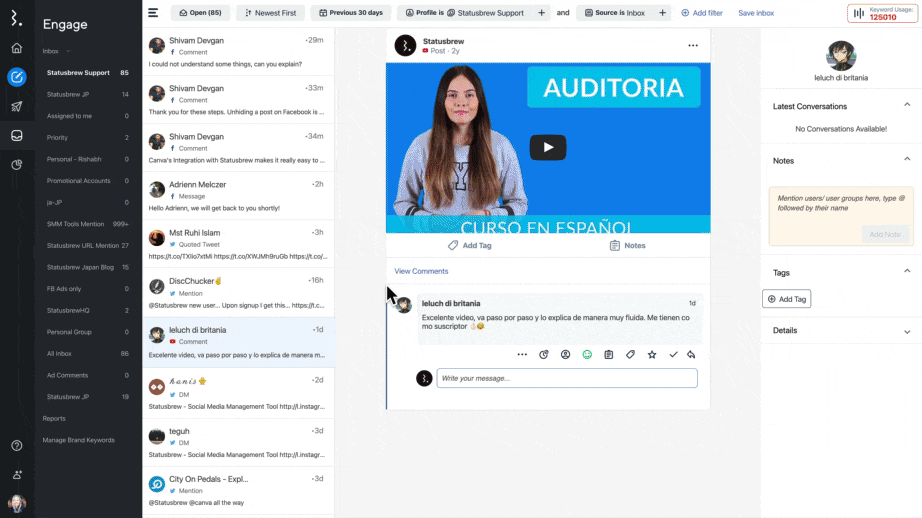
12. Converted Tickets
Converted tickets are tickets that revolve around issues related to tracking, delivery, and return issues. While dealing with such tickets, agents have the possibility of converting customers by influencing them towards further sales.
13. Customer Intent
Customer intent is what a customer is looking for in a product or service; or what drives a customer into buying a product or service. Proper identification and documentation of customer intent can help companies better design their products and services in a manner that increases interaction. Customer intent shipping status, refund or exchange request, order damaged or canceled, etc.
14. Comment Moderation
Comment moderation is a process through which one can select the comments they want to see on their profiles. It is necessary to prevent comment spamming, and helps to keep your profile free from unwanted and controversial content. This is a beneficial feature for maintaining an image. Statusbrew offers comment management solutions to brands. With its advanced & automated tools for comment management, you can remove spam comments & hide or delete unwanted comments on your social profiles.
Learn More: How Can I Hide Or Delete Comments?
15.Feedback Loop
A feedback loop can be called a closed conversation between a company and customers. Through this, customers can communicate their experiences with the company and their views on the scope of further development. A feedback loop allows the company to learn of the customers' views directly, and hence, more efficiently take necessary action.
16. Frequently Asked Questions (FAQ)
Frequently Asked Questions, or FAQs, are a set of questions displayed with a product or service description or on the company website as a whole. These are the questions that are frequently asked or are probable to be asked. Also found as a document file, FAQs are an effective way of solve queries, mostly related to terms of services, pricing, features, etc.
17.First Call Resolution
First call resolution effectively measures the effectiveness of services provided by a representative or agent. FCR counts the number of problems and queries resolved in the first contact or call with a representative or an agent. FCR means that all queries are expected to be resolved in the first call without the need for a follow-up.
18. Net Promoter Score (NPS)
NPS is a metric composed of a single question used to measure customer loyalty, satisfaction, and enthusiasm towards the company. The question is, "on a scale from 0 to 10, how likely are you to recommend the product/company to a friend/colleague?" High NPS is essential for long-term business growth.
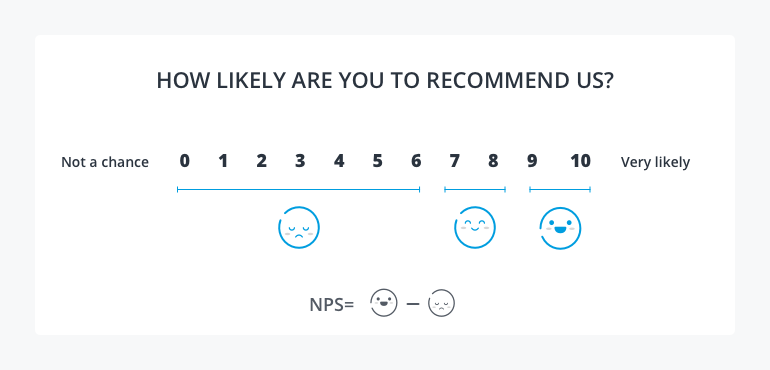
19. New Tickets
New tickets are the number of new customers queries opened during a given time frame. High volume of new tickets denotes that your customer base is increasing & subtly indicates your business growth.
20. Closed Tickets
Closed tickets are the queries and problems resolved through deliberation between the customer and service provider. Closed tickets are considered not to require any further action.
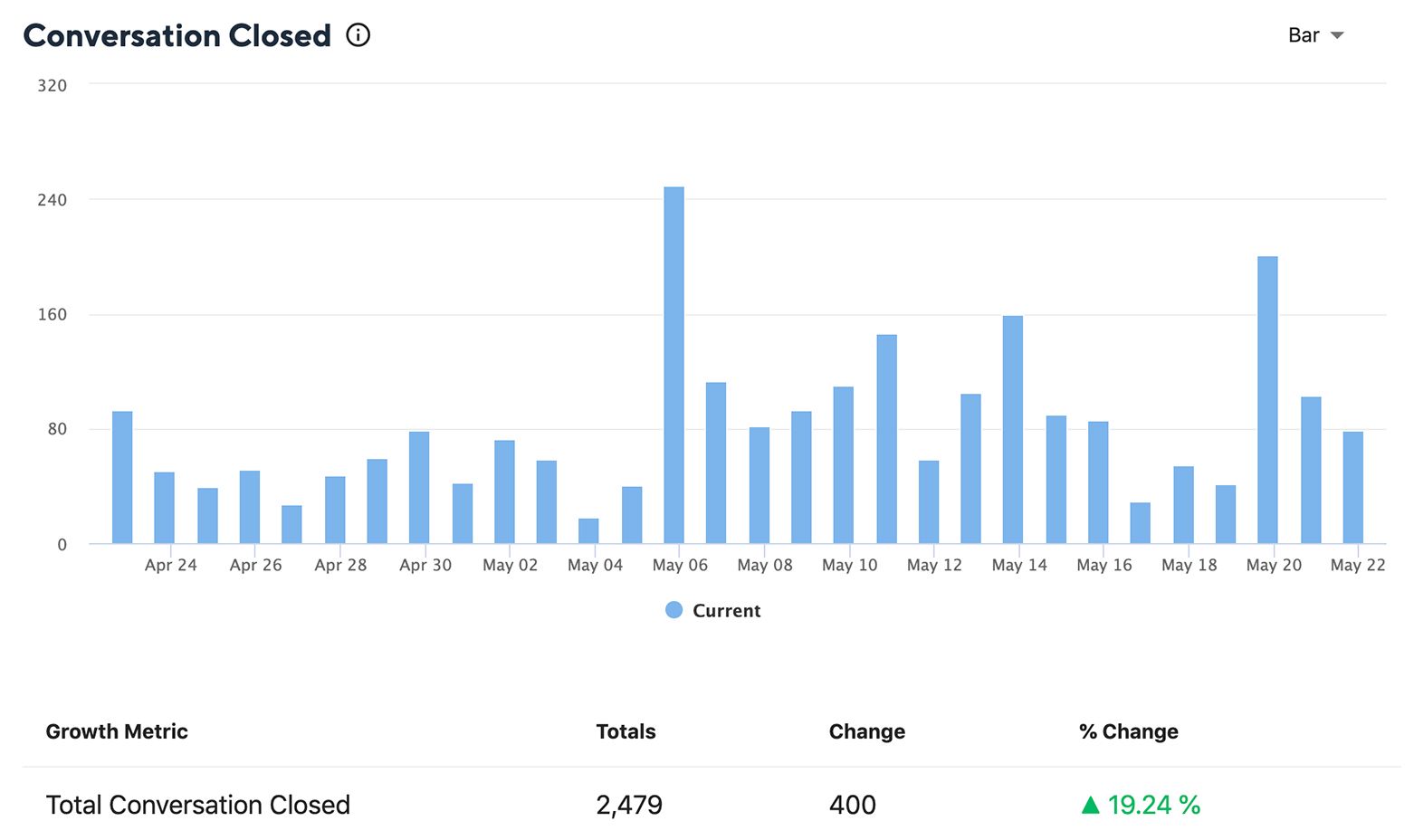
Negative Word Phrases To Avoid In Customer Service
For providing quality customer service, there are specific vocabularies that an agent should avoid at all times.
As per Microsoft data, 47% of upset customers switched to a different brand due to bad customer service. So for customer retention, make sure to avoid the following negative work phases.
- No, it's not our organization's fault.
- I don't know, or I can't recall.
- I already told you before to read the FAQs first.
- Tell me what's wrong, or I want to know what your problem is?
- Are you unsatisfied & confused? I need to know.
- It is not my responsibility to answer you. Maybe the problem is with you.
- Did you check your bank account? It's weird; we've never had this issue.
- Shipping is on you.
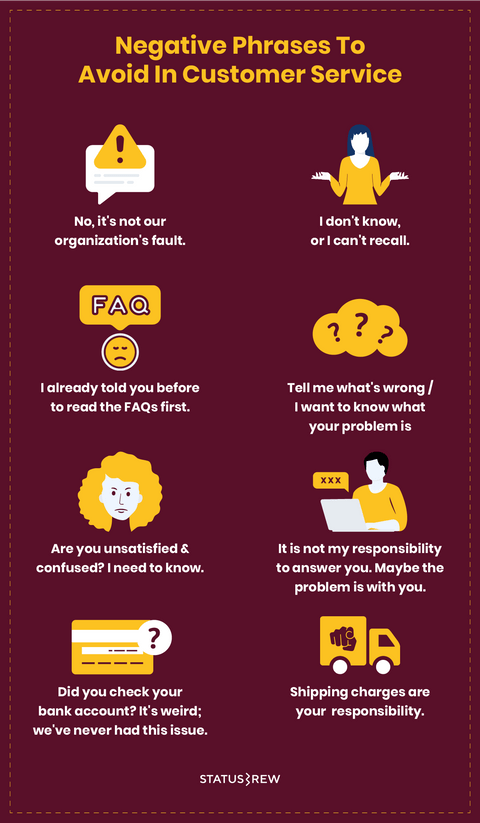
Impactful Customer Service Phrases For Quality Service
-
Hello, I'm [ ………..] from [........] here to assist you. We appreciate for visiting our website. Kindly let me know the issue you're facing.
-
May I help you with something? Or I'll be happy to assist you.
-
Apology for not receiving the order. Please spare me a few minutes to check it for you now.
-
I apologize for the inconvenience you are going through. Allow me to look into it and fix it for you.
-
Pardon the inconvenience. I'll look into the matter right now & ensure to get back to you with further details.
-
May I know your name? Can you kindly provide me with your full name to verify your account? OR May I request your billing address.
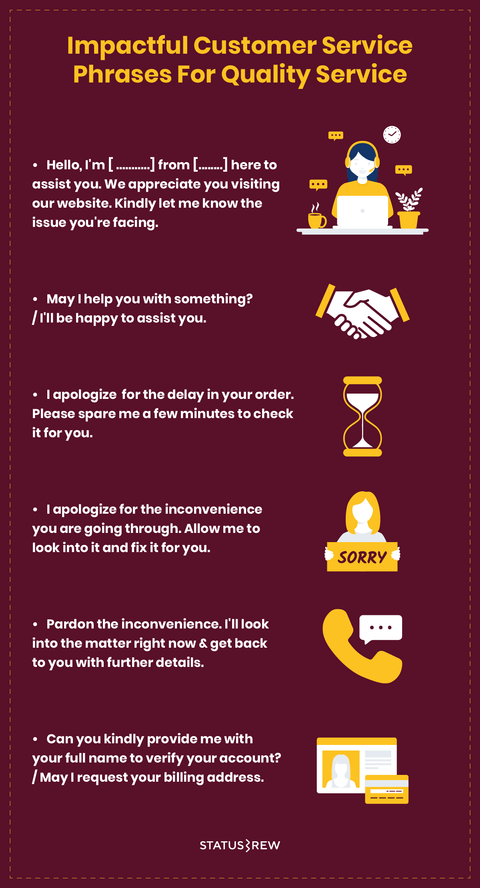
How To Show Gratitude To Your Customer
-
Thank you for chatting with me. I am glad I could help you. Kindly let me know if there's anything I can help you with.
-
Thanking you for joining live chat; if you face any problems, feel free to contact us.
-
Is there anything else I can help you with?
-
I'm glad your problem is solved. May I help you with anything else?
-
Thank you for letting us know.
-
Thank you for contacting us for help. Kindly, update us once the issue is solved. If the problem arises again, don't hesitate to contact us.
Advance Customer Service Skills With Statusbrew
Statusbrew is a unified social media customer service solution. All your social conversations across different channels are delivered real time to your inbox.
Statusbrew's built-in CRM sync all contact data & offers you a quick view of all the prior communication with the contact & equips you to track the context of that social conversation.
With its Team Engagement and Leaderboard Report users can craft social care spectrum's anatomy and assess response rates from your customer care executives. Also, it allows you to set 'Office Hours' for each user profile in different time zones to avoid discrepancies.
To offer quality social customer service, book your demo today!
Statusbrew is a unified Social Media Management tool that supports Facebook, Instagram, Twitter, YouTube, Linkedin, and even Google My Business!

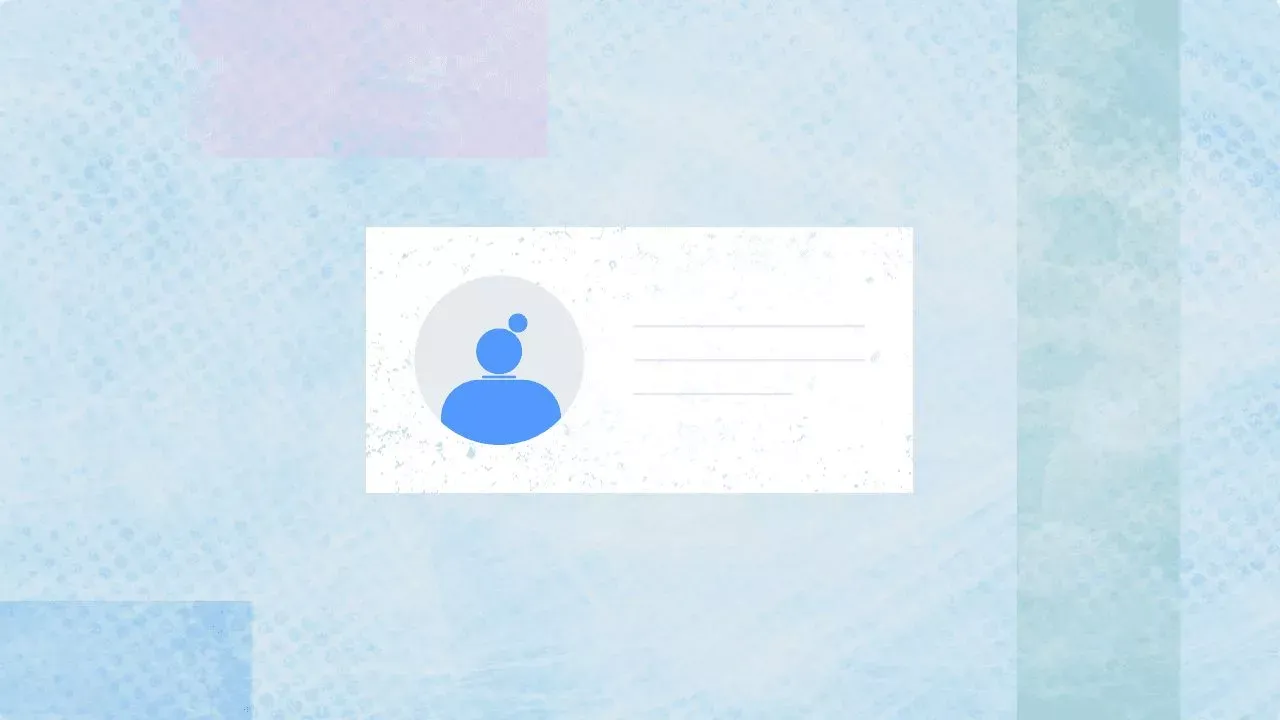

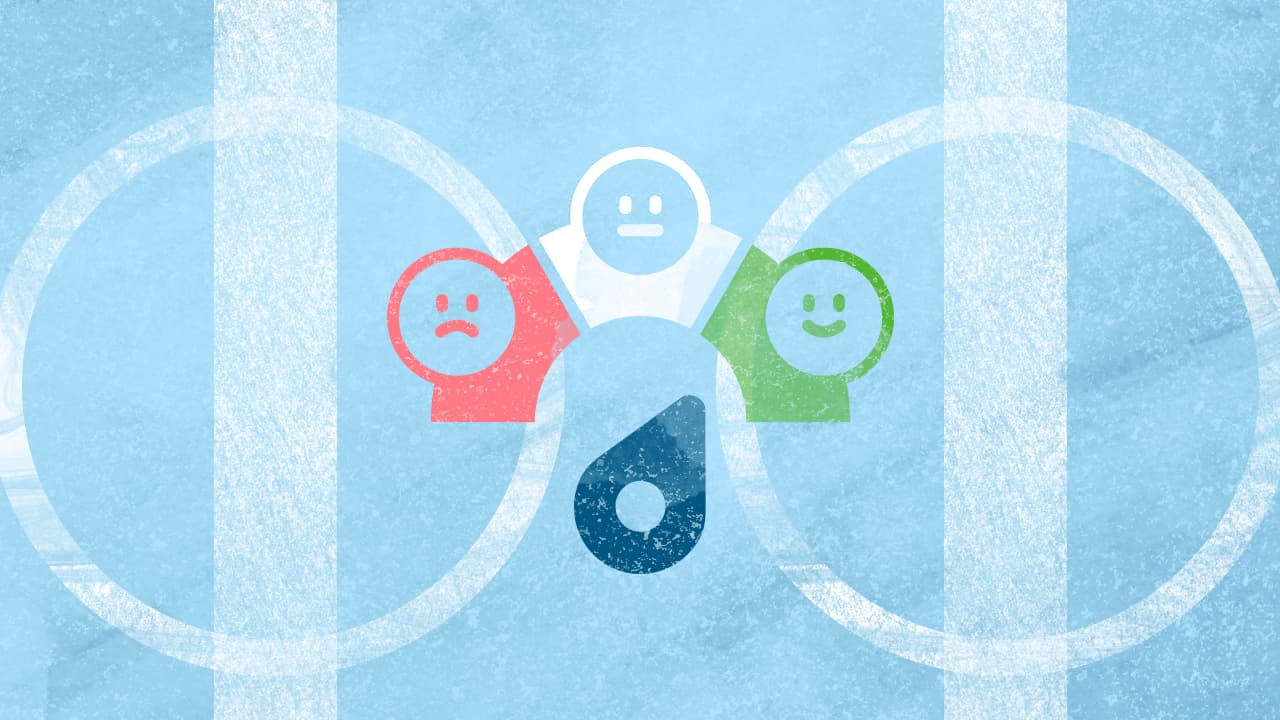
Explore the Statusbrew range of social media tools
Cancel anytime!